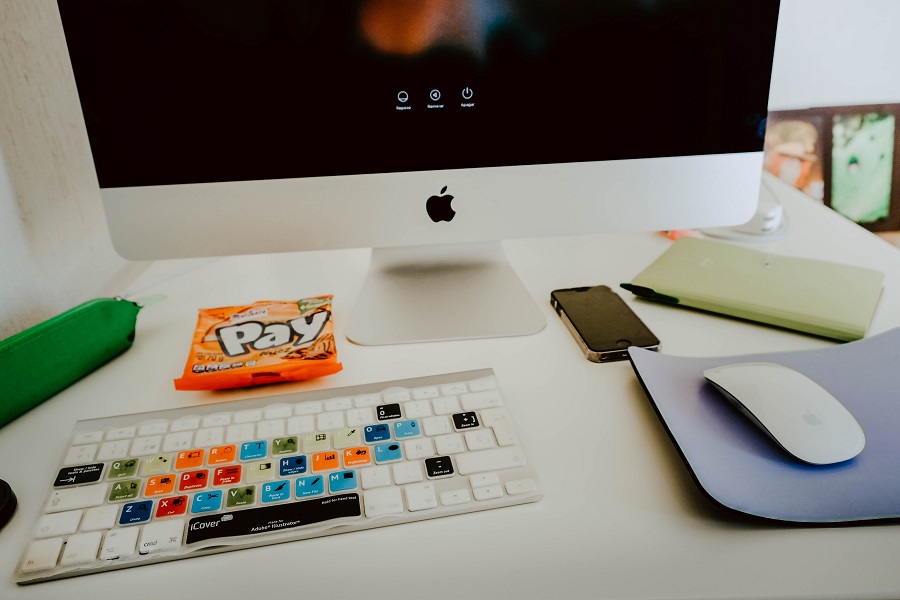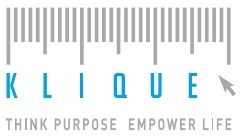
A workplace is where we complete our daily tasks and work towards achieving our career and company’s goals. In today’s competitive environment, businesses have to be creative and innovative for continuity, growth and prosperity. To achieve that, we need a workspace that promotes and fosters creativity and connectivity among individuals. The workspace that we have set up will ultimately impact on how we work and think. Here are some tips on how to help your staff to be more creative through a purposefully designed space.
Break Room with Dimmer Lighting
Research has shown that dimmer lighting encourages creativity. Free up a space for a break room with dimmer lighting, allow staff to work there as oppose to where they usually carry out their routine that does not involve creative thinking. A change in the environment and ambience is a form of stimuli that can freshen up their mind and makes them think differently.
Communal Space for Social Interaction
Connectedness, openness and comfort are descriptions that we can link to a communal space in an office. It does not have to be something similar to the designs of tech giants have. A place that is cozy with appropriate level of privacy is good enough to enable social interaction among employees.
Colours
Orange, yellow and red are colours for creativity.
Right Level of Noise
70 decibels of ambient noise can boost productivity and creative thinking skill. Whereas the monastic silence of a library or the loud, chaotic noise of a night market can be counterproductive. This is one of the reasons why some people find themselves can perform better at a coffee shop or cafe. (Read: Acoustic Control in the Workplace)
Indoor Plants
Plants can uplift our mood and is a form of stimuli in the workspace. By having plants either in plain green or combinations of colours such as orange and yellow, they make an office livelier and more relaxing. No innovation can occur in a workplace which is boring, plain and dated. (Read: Plants Beneficial to Indoor Air Quality)
Use of Furniture
Ergonomic and comfortable furniture with the appropriate colour selections can improve staff’s wellbeing, encourage social interaction at communal area and improve the appearance of an interior.
As a conclusion, a purposefully designed workspace is not the ultimate solution to facilitate creativity and innovation. It has to work hand in hand with a sound human resource policy that does not penalize risk-takers and skillful people management capabilities to make ingenuity happens.
